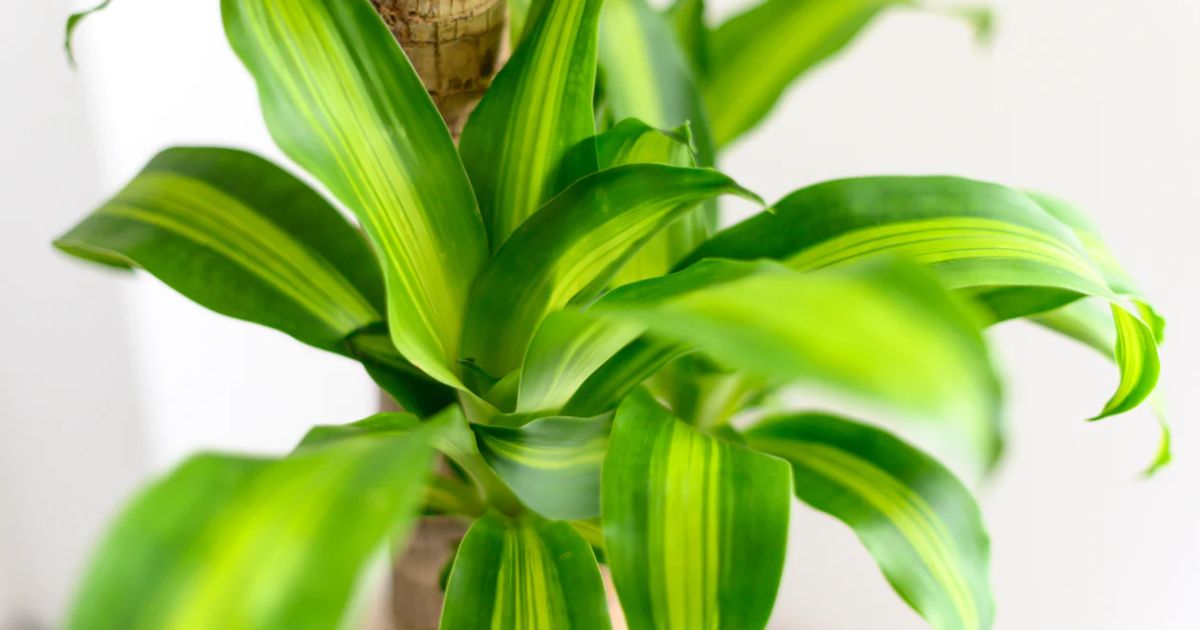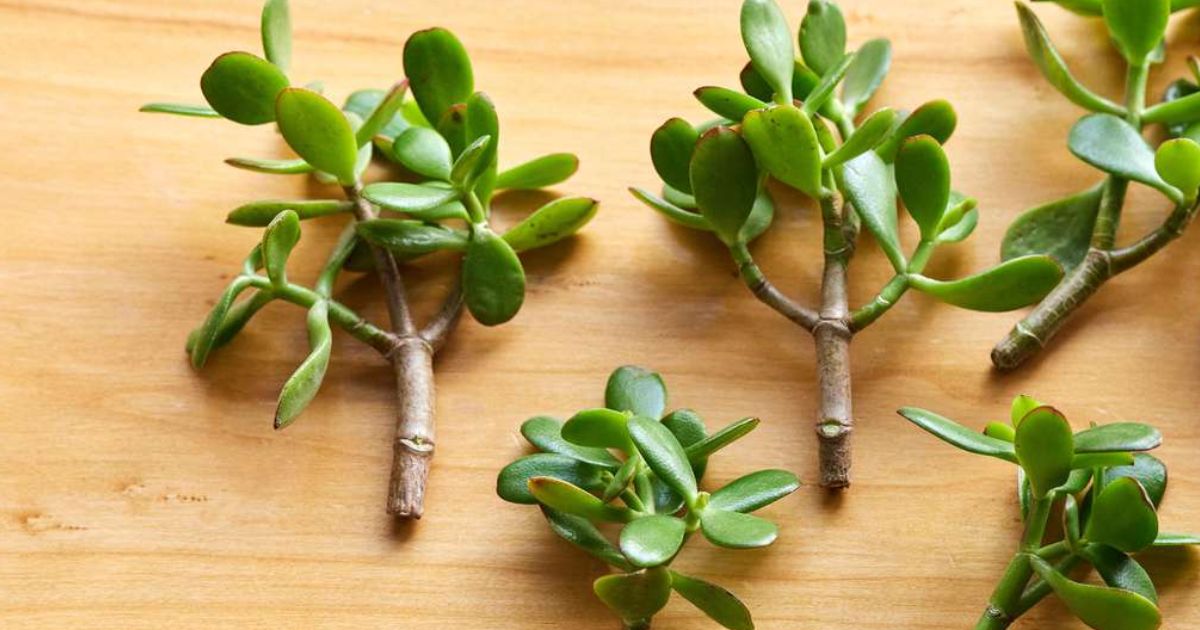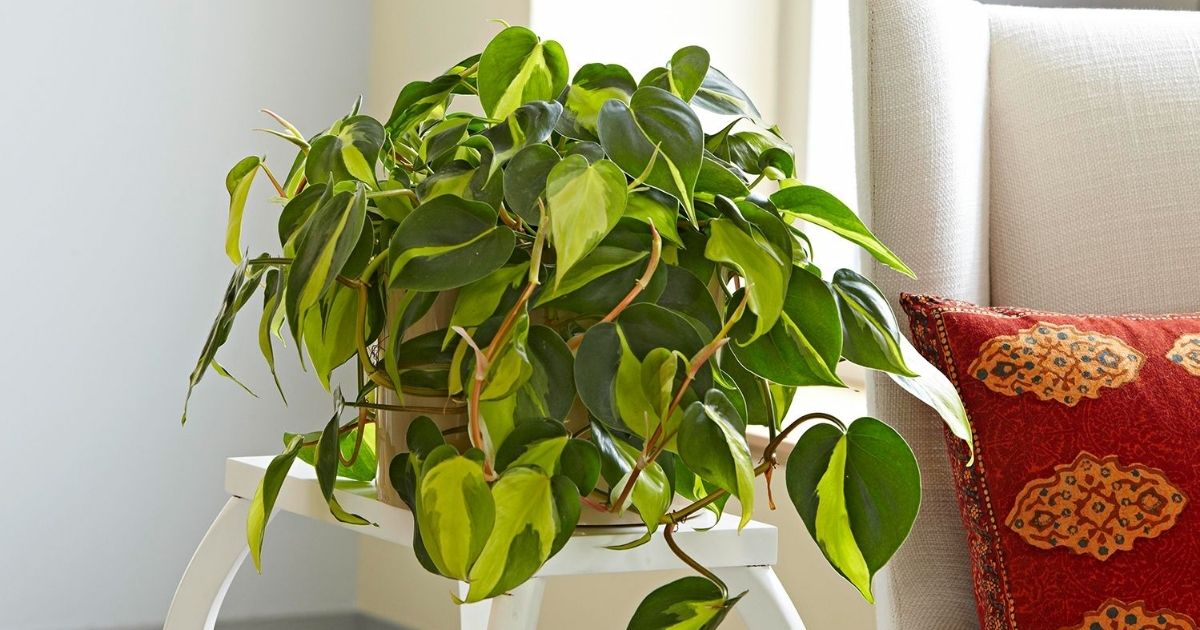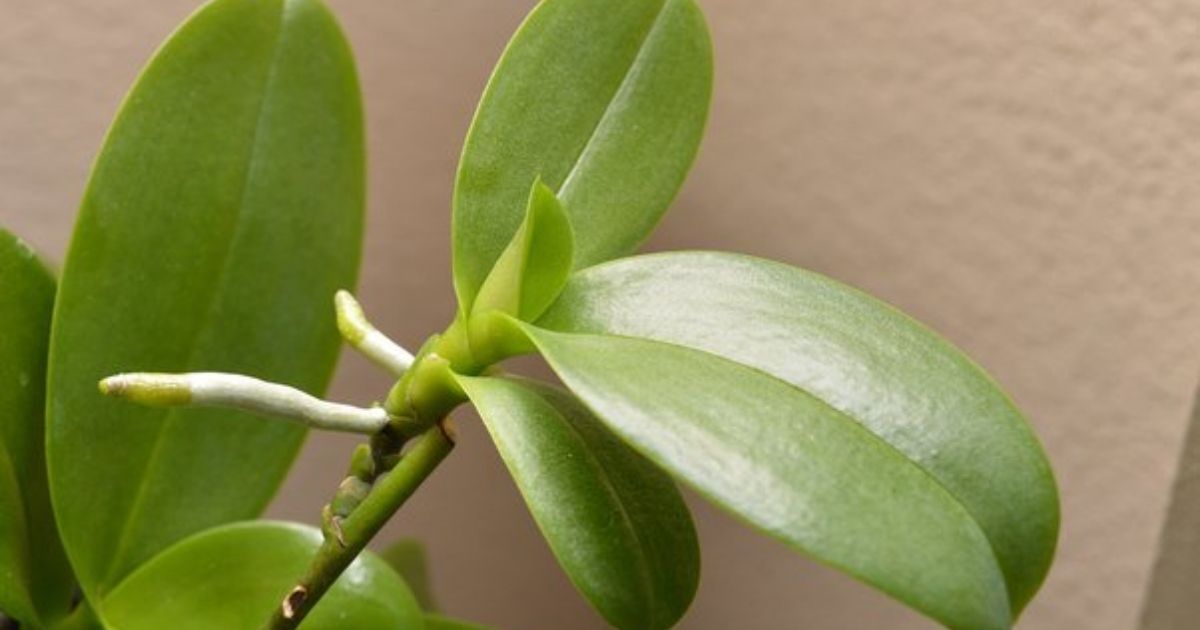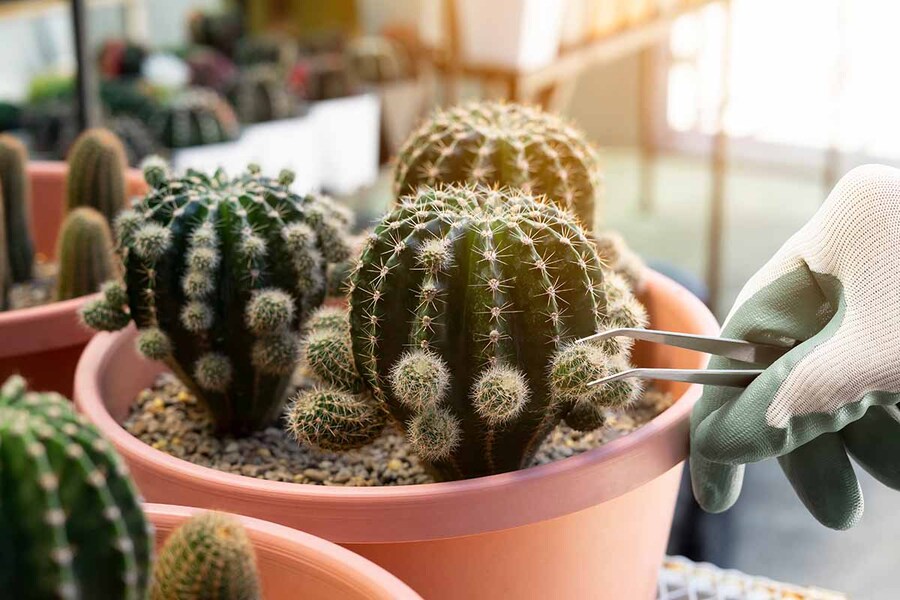12 Hydroponic Plants for Indoor Home Gardens
Hydroponic at home gardening has gained immense popularity recently, providing a sustainable and efficient method to grow plants without soil. Indoor home gardens, in particular, have embraced hydroponics to grow diverse plants. In this guide, we'll explore 12 hydroponic plants that thrive indoors, allowing you to enjoy fresh, home-grown produce throughout the year.
Peppermint
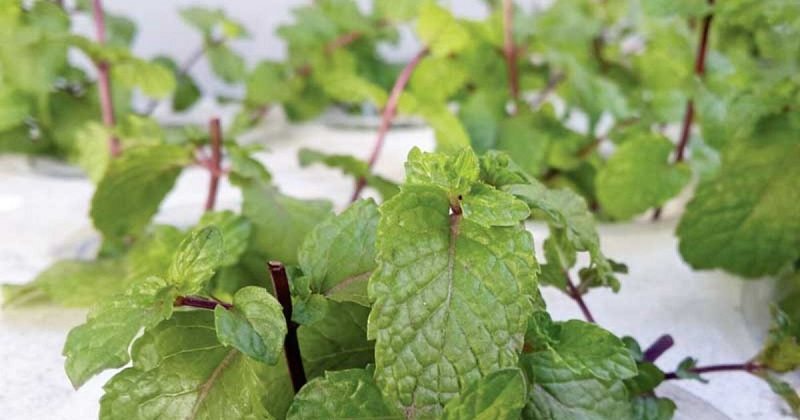
Peppermint (Mentha × piperita) is a vigorous, aromatic herb with bright green, serrated leaves. It is well-known for its strong menthol flavor and fragrance. The plant produces small spikes of purple flowers.
Peppermint is a versatile herb widely used in culinary applications. It adds a refreshing and minty flavor to various dishes, including desserts, beverages, salads, and sauces. Popular uses include peppermint tea and peppermint candies as a garnish for desserts.
Peppermint thrives in a nutrient-rich hydroponic solution, prefers cooler temperatures, and can tolerate 60 to 70°F (15 to 21°C). Provide ample light (at least 6-8 hours of sunlight or using grow lights) and maintain a pH of 6.0-7.0. Ensure proper aeration to prevent root rot.
Moreover, this hydroponic plant is a vigorous grower and can become invasive. It would help if you considered planting it in containers to control its growth.
Lemon Balm
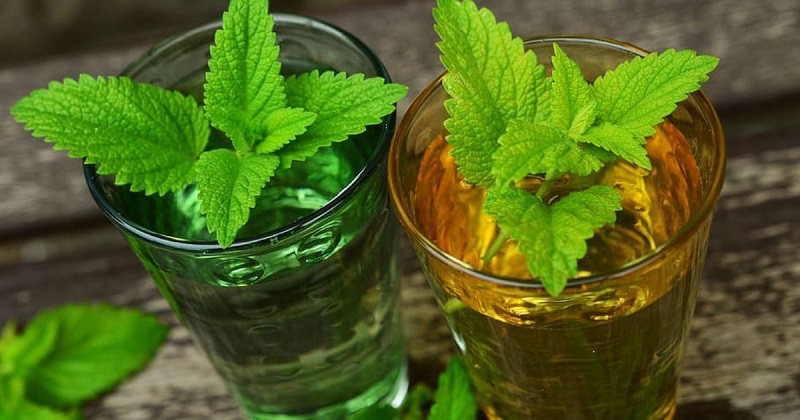
Lemon balm is a mint family type characterized by heart-shaped, crinkled leaves with a lemony scent. The plant typically grows 1 to 2 feet (30 to 60 cm) and produces small clusters of white or pale yellow flowers.
Lemon balm is known for its distinct lemon fragrance and mild lemon flavor. The essential oils in the leaves contain compounds such as citronellal, giving them a citrusy aroma.
It is a versatile herb used in culinary applications. Using fresh or dried leaves, you can add a touch of lemon flavor to teas, salads, desserts, sauces, and teas.
Lemon balm does well in a hydroponic system with a pH of 6.0-7.0. Provide sufficient light and maintain a well-ventilated environment. Regular pruning can help promote bushier growth.
Thyme
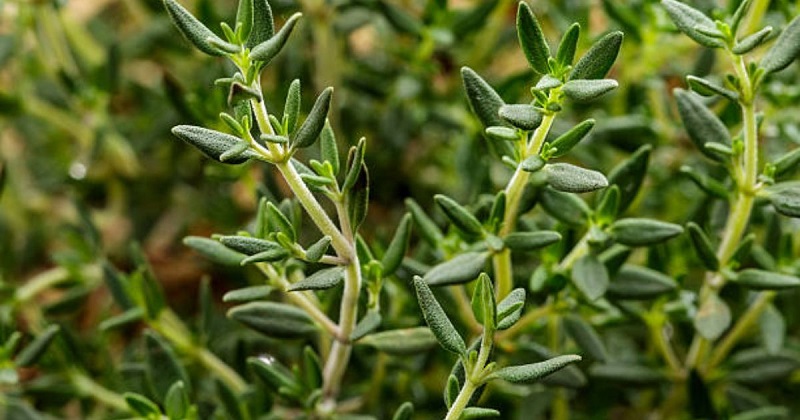
Thyme (Thymus vulgaris) is a low-growing herb with small, gray-green leaves and a woody stem. Thyme has a distinctive earthy and slightly minty flavor. The essential oils in thyme, mostly known as thymol, contribute to its aromatic and savory qualities.
Thyme is a versatile herb for all your cooking needs. It is well-used in many dishes, such as soups, stews, roasts, grilled meats, and vegetables. We often use fresh or dried thyme leaves to add depth to the flavor of many savory dishes.
Thyme prefers a slightly alkaline pH (around 7.0-7.5) in the hydroponic solution. Ensure good air circulation and provide 12-16 hours of light daily to perfectly grow this hydroponic plant. Trim the plant regularly to encourage branching.
Rosemary
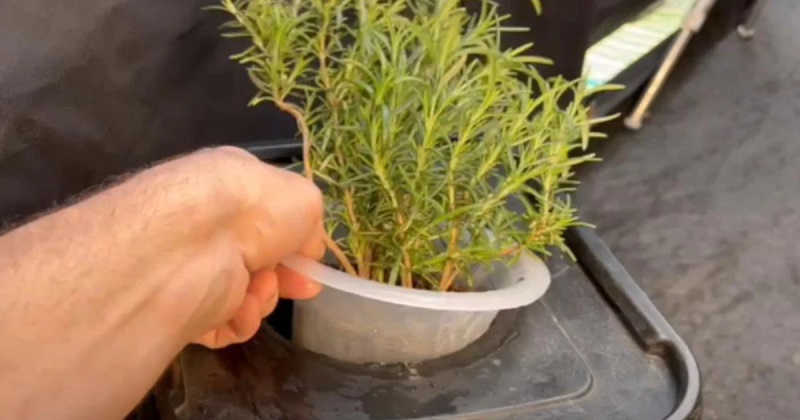
Rosemary is an evergreen herb with dark green needle-like leaves on top and silvery underneath. Rosemary has a robust, piney aroma and a slightly bitter, resinous flavor. The essential oils in rosemary, such as cineole and pinene, contribute to its aromatic and savory qualities.
It is a popular herb in various dishes, including roasted meats, grilled vegetables, bread, and stews. Fresh or dried rosemary leaves infuse flavor into many culinary creations.
Rosemary prefers soil with a bit of acidity, around pH (6.0-7.0). Provide 6-8 hours of direct sunlight or use full-spectrum grow lights. Avoid overwatering, as rosemary prefers well-drained conditions.
Philodendron

Philodendrons are diverse tropical plants known for their lush, glossy foliage. The leaves vary in shape and size among different species. Philodendrons are popular as indoor ornamental and air-purifying plants.
Philodendrons are adaptable and can thrive in hydroponic systems. Keep the pH around 6.0-6.5, temperatures between 65-80°F (18-27°C), and give them bright, indirect light. They can adapt to less light but won't grow strong. Avoid direct sunlight, especially for variegated varieties, as it can cause leaf burn.
Arrowhead vine

Arrowhead vine (Syngonium podophyllum) is a tropical houseplant with arrowhead-shaped leaves that start arrow-shaped and mature into more complex forms. It is an easy plant to grow and suitable for hanging baskets.
This plant offers various cultivars and varieties of Arrowhead vine, including those with different leaf colors and patterns. Popular varieties include the standard green form, White Butterfly with white variegation, and Pink Allusion with pink-tinged leaves.
Arrowhead vine can be grown hydroponically at 60-75°F (15-24°C). Keep the pH around 5.8-6.5, provide bright, indirect light, and maintain a well-aerated nutrient solution. Regularly pinch back the growing tips for a bushier appearance.
Peace lily
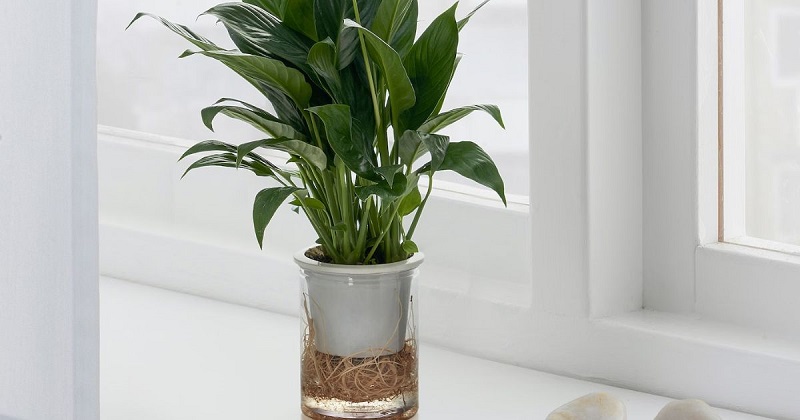
Peace lilies (Spathiphyllum spp.) are elegant, evergreen plants with glossy, lance-shaped leaves and distinctive white spathe-shaped flowers. Peace lilies typically bloom in spring and early summer in average room temperatures ranging from 65 to 80°F (18 to 27°C). While they can bloom throughout the year under ideal conditions, especially in spring and summer.
They are known for their ability to filter indoor air pollutants, including formaldehyde, benzene, and trichloroethylene. They contribute to a healthier indoor environment.
Peace lilies can be grown hydroponically with a pH of 6.0-6.5. Provide bright, indirect light and ensure proper humidity. Keep the nutrient solution well-aerated and change it regularly. Besides, you can propagate Peace Lilies through division. When the plant has outgrown its container, carefully divide the rhizomes and repot the individual sections.
Pothos
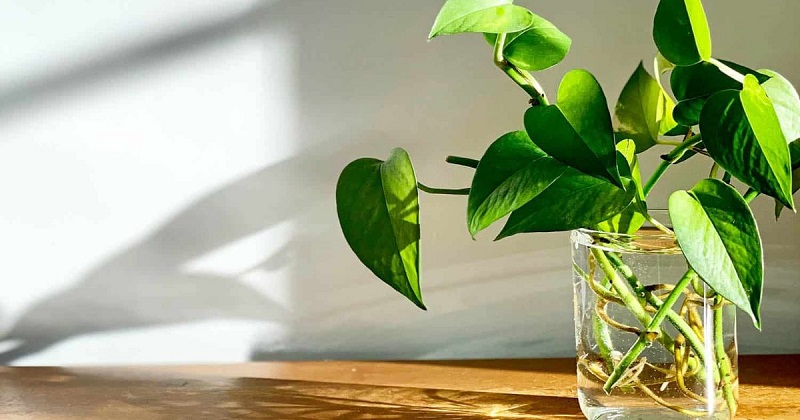
Pothos is a versatile, low-maintenance houseplant with heart-shaped leaves. It thrives in average room temperatures between 65-75°F (18-24°C). It can tolerate slightly cooler temperatures but not cold drafts.
The leaves offer many shades of green, yellow, or white. Pothos's adaptability and ability to grow in various indoor conditions are impressive. It is also known for its air-purifying capabilities, helping to remove pollutants such as benzene, formaldehyde, and xylene.
Pothos can be grown in hydroponic systems. Maintain a pH of 6.0-7.0, provide bright, indirect light, and ensure good aeration of the nutrient solution. Regularly check for pests and trim to control growth.
Dieffenbachia
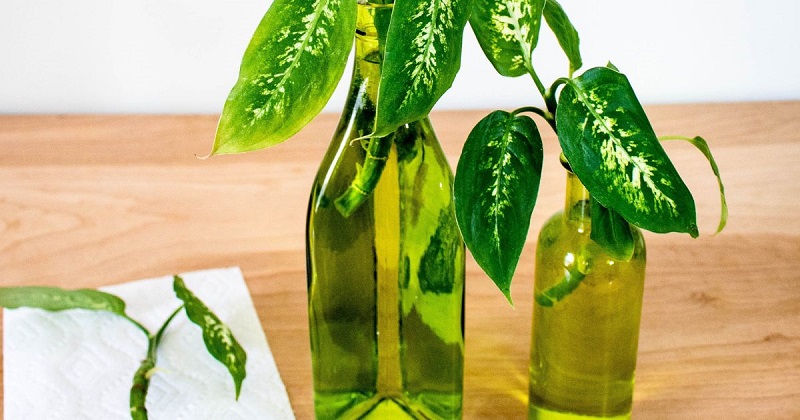
Dieffenbachia is also a tropical plant with broad leaves that vary in patterns. The plant has a distinctive upright growth habit and prefers temperatures between 65-75°F (18-24°C). It is sensitive to drafts and cold temperatures.
Dieffenbachia is the best indoor plant with bold and striking leaves, perfect for hydroponic athome gardens and offices. With proper care and attention to its watering needs, Dieffenbachia can thrive as a vibrant and decorative addition to indoor spaces.
Dieffenbachia can be grown hydroponically with a pH of 6.0-6.5. Provide bright, indirect light and ensure proper nutrient levels. Keep an eye on humidity, as these plants prefer higher humidity.
Spider Plant

The spider plant has arching leaves that are green with white stripes. It produces long, trailing stems with baby plantlets at their ends. Spider plants are known for their adaptability and air-purifying qualities, making them common choices for indoor environments.
Temperatures from 60 to 75°F (15 and 24°C) are suitable for spider plants. Also, it does well hydroponically with a pH of 6.0-7.0. Provide bright, indirect light and ensure good aeration. Regularly prune and remove baby plantlets to maintain the plant's health.
Chives
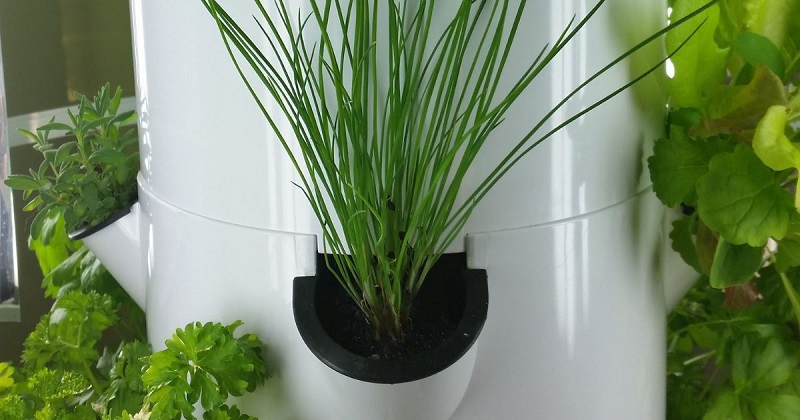
Chives are thin, grass-like herbs with mild onion-flavored, hollow leaves. They produce small, globe-shaped purple flowers. Their slender, open leaves are commonly used as a fresh garnish to add a delightful touch to salads, soups, potatoes, and a wide array of dishes. Chives add tasty onion flavor to dips and sauces when chopped. Whether from your garden or the store, they enhance the flavor of various dishes.
Chives thrive in a slightly acidic to neutral pH (around 6.0-7.0). They are cold-hardy and can suffer cooler temperatures. They grow best in temperatures ranging from 50-75°F (10-24°C). Furthermore, you should provide 12-16 hours of light and maintain proper nutrient levels. Harvest regularly to encourage new growth.
Spinach

Spinach is a green vegetable with tender leaves. Spinach is a highly versatile leafy green that adds flavor and nutritional value to various dishes, for example salads or cooked in sautés, soups, stews, and casseroles. Regarding nutritional benefits, spinach is rich in nutrients like vitamins A, C, and K and folate, iron, and calcium.
Also, it has eye-friendly antioxidants like lutein and zeaxanthin. Whether incorporated into savory or blended recipes, spinach is nutritious and delicious for enhancing taste and overall well-being.
Spinach can be grown hydroponically with a pH of 6.0-7.0 and temperature between 40-75°F (4-24°C). Give it 12-16 hours of light, ensure proper nutrient levels, and maintain a well-aerated solution. Harvest leaves regularly for continuous growth.
Frequently Asked Questions
What type of hydroponic system is best for indoor gardening?
Choose the best hydroponic system based on your space, budget, and preferences. Options include NFT, DWC, and ebb and flow systems for smaller indoor setups.
Can hydroponic plants be grown without natural sunlight?
Yes, hydroponic systems can utilize artificial grow lights to give plants the light they need for growth, making it possible to grow hydroponic plants indoors without natural sunlight.
Are hydroponically grown plants prone to pests and diseases?
Yes, although hydroponically grown plants can be less susceptible to soil-borne pests and diseases, other issues like algae growth in nutrient solutions may need attention.
Can I use any water for my hydroponic system?
Ideally, use clean, pH-balanced water for hydroponic systems. It is worth noticing that household water contains some contaminants. However, this won’t affect your growth.
Which plants are suitable for hydroponic indoor gardening?
When growing hydroponic indoor plants, it's crucial to consider the specific needs of each plant, such as nutrient requirements, pH levels, and lighting conditions. Hydroponic provides a controlled environment for plant growth, making it possible to grow various plants indoors without soil. Some suitable plants:
- Spinach
- Shives
- Peppermint
- Thyme
- Pothos
- Peace Lily
- Spider plant
Embracing hydroponic gardening for your indoor home garden opens up various possibilities for cultivating multiple plants. Experiment with these 12 hydroponic plants to enjoy a continuous harvest of fresh and flavorful produce right at your fingertips. With good care and attention to nutrients, your indoor hydroponic garden can be a prosperous source of home-grown goodness all year.
